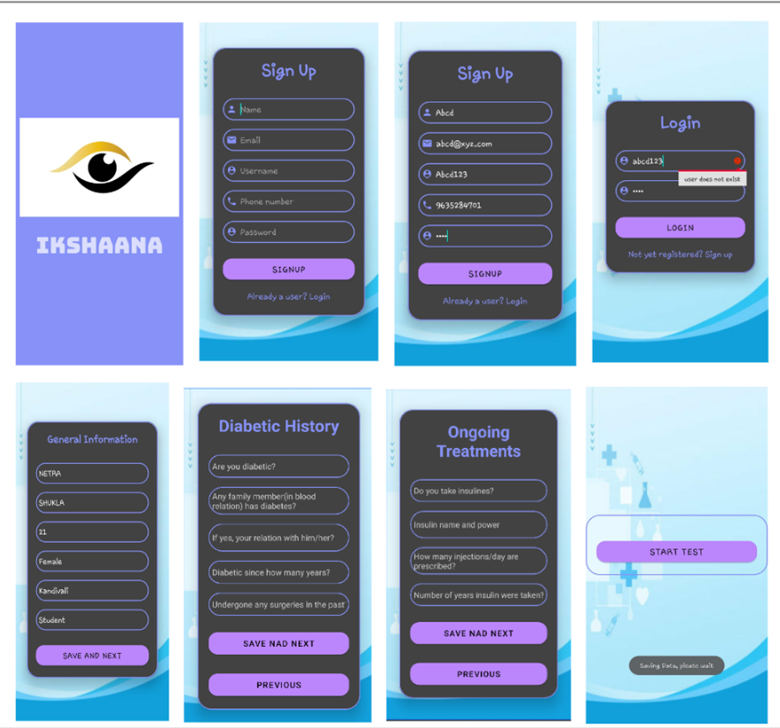Published on: January 15th, 2024
Ikshaana
Glaucoma, a primary cause of permanent blindness globally, damages the optic nerve and is often unnoticed in its early stages. Symptoms become apparent only after significant progression, resulting in substantial vision loss. Regular eye check-ups are crucial for timely detection to prevent blindness. The primary objective of this research is to create an affordable, user-friendly, and easily transportable solution for retinal imaging using smartphones. The proposed optical attachment, based on the principles of direct ophthalmoscopy, offers a wide field along with clinical-grade resolution, effectively capturing retinal images. The attachment’s light emission conforms to established safety norms. The device would capture images in a non-invasive manner.
Currently, there is an existing app that uses this technology but is only available in a specific network. This innovation presents a viable alternative to traditional direct ophthalmoscopes, effectively addressing challenges related to examiner bias and examination competence. Its compactness and seamless integration with smartphones show potential use beyond medical facilities, enabling screening and telemedicine, thus broadening access to retinal imaging. This advancement holds significant translational implications, highlighting smartphones as a versatile platform for portable ophthalmoscopy. A substantial dataset of individuals with glaucoma is employed to teach the system to determine whether an individual has glaucoma or not.
During the training of this dataset, the various factors considered are Optic Nerve Head, Ganglion Cell Complex Thickness, Retinal Nerve Fiber Layer Thickness Visual Field Data, Blood Flow Parameters, optic disk-to-cup ratio, and Clinical Data. The accuracy of the model is both computed and evaluated by medical professionals.
Team Members: Netra Shukla, Fatema Bohri
Guide: Prof. Vidya Sagvekar
